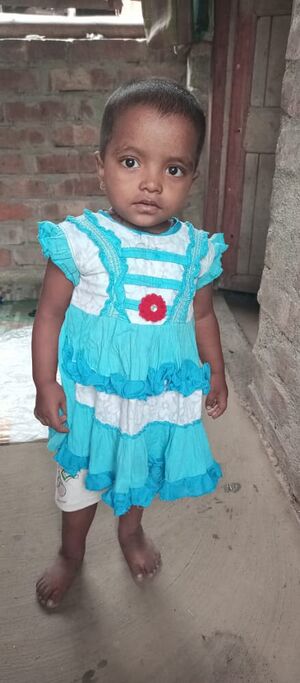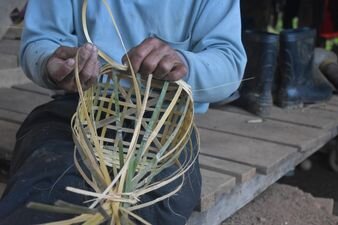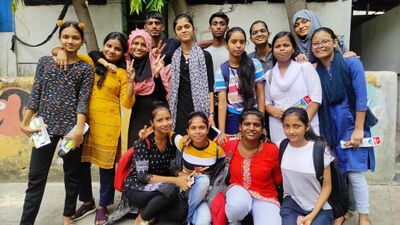Holistic development of slum residents: Difference between revisions
No edit summary |
No edit summary |
||
| Line 24: | Line 24: | ||
|scraped_from=GlobalGiving | |scraped_from=GlobalGiving | ||
|feature_image=File:unamed1_Large.jpg| | |feature_image=File:unamed1_Large.jpg| | ||
|images=[[File:unnamed_Large.jpg|,File:unnamed1_Large.jpg|,File:unnaed1_Large.jpg|]] | |images=[[File:pict_large.jpg|Holistic development of slum residents,File:unnamed_Large.jpg|,File:unnamed1_Large.jpg|,File:unnaed1_Large.jpg|,]] | ||
|coordinate=, | |coordinate=, | ||
|geo_id=1269750}} | |geo_id=1269750}} | ||
Revision as of 11:49, 24 May 2023
| Organization | Calcutta Rescue |
|---|---|
| Region | India |
| Website | Website |
| ProjectLeader | Priya Ghosh |
| Linked Problems & Solutions
|
|---|
This project aims to resolve the dearth of early childhood care and guidance for all slum children along with the unavailability of alternative avenues for the academically unsuccessful students in addition to the scarcity of free clinical consultations, pathological diagnosis, medicines, nutritional supplements, hygiene kits, and health education sessions for the underprivileged people including the scantiness of public toilets, hand washing units and other sanitation facilities in the slums.
Challenge
Lack of early childhood care and guidance for all slum children. Unavailability of alternative avenues for the academically unsuccessful students. Dearth of free clinical consultations, pathological diagnosis, medicines, nutritional supplements, hygiene kits, and health education sessions for the underprivileged people. Scarcity of public toilets, hand washing units and other sanitation facilities in the slums.
Long-Term Impact
Enable 700 students from the urban slums with nutrition, remedial education, vocational training and job guidance, sports guidance and music engagements. Improve access to hygienic sanitation, closed bathrooms and clean water in 5 slums, directly affecting nearly 1300 households. Address preventive and curative healthcare of approximately 30,000 slum residents including infants, pregnant women and new mothers.
References
Project Gallery



